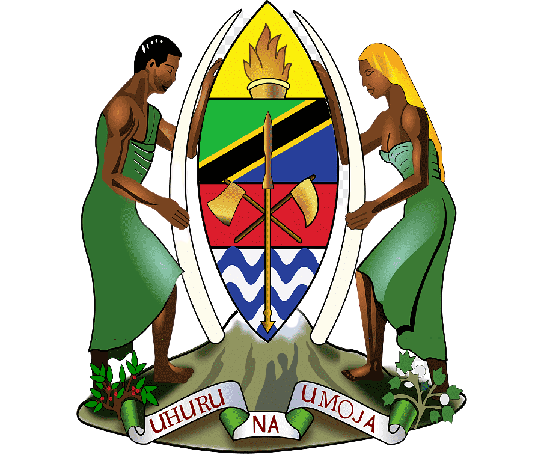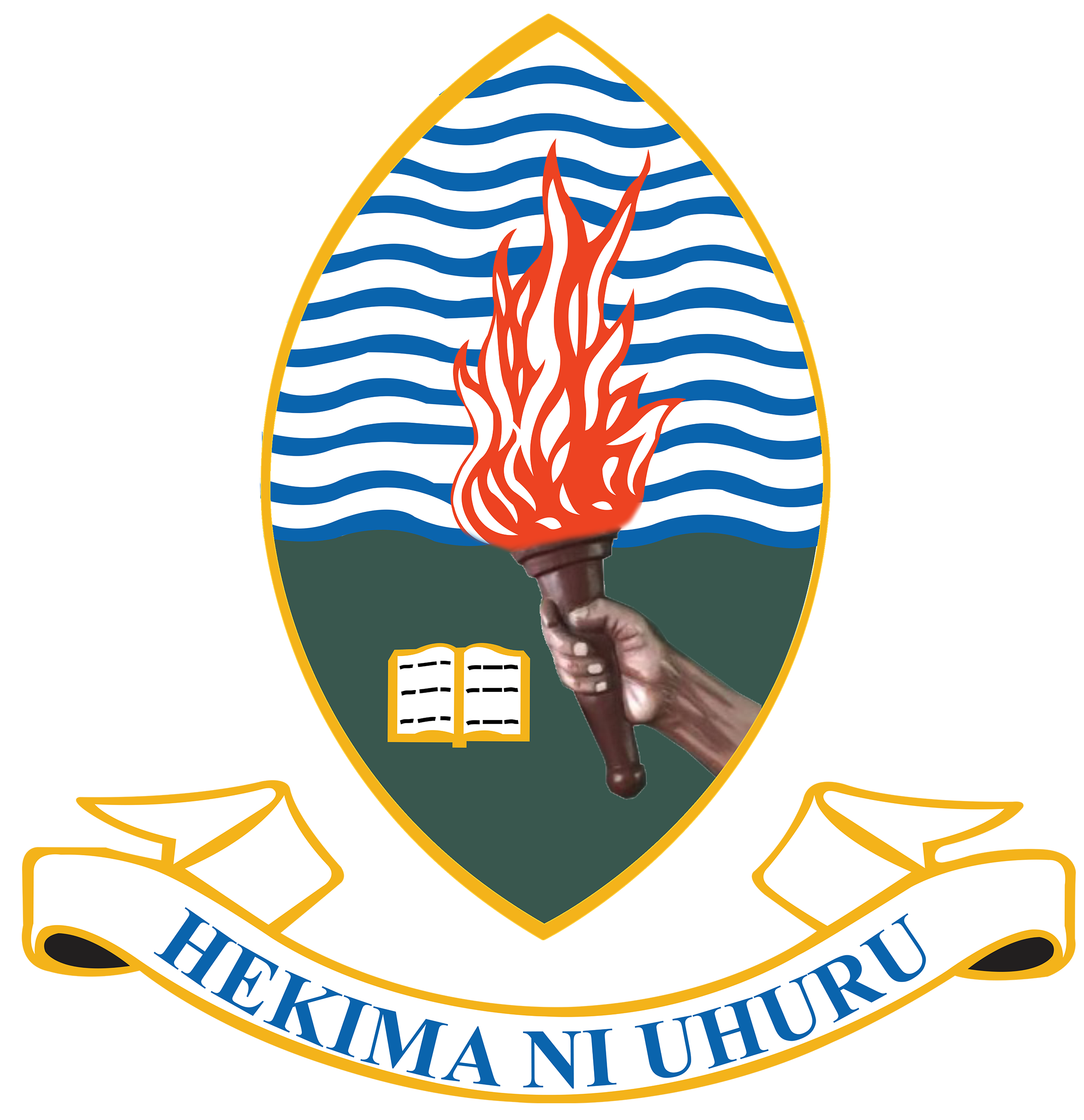Certified Fiber Optic Technician
Program Description
The today’s digital world has been flooded with captivating technologies that significantly promote socio-economic development. The technologies have revolutionized traditional practices, and people can now share information instantly through communication networks. For instance, we can perform video conferencing, live events streaming (e.g., football), real-time chatting through social networks (e.g., WhatsApp, Instagram, and Facebook), and Internet protocol television. This wide range of applications require high bandwidth to download or upload content-rich videos and images. Given the rapidly changing world, Fiber cables have been found to meet the current demands of the applications by providing high bandwidth, low signal attenuation, high data security, and outstanding immunity against electromagnetic interference.
In Tanzania, the initiatives to establish fiber cable communication infrastructure started in 2009. Currently, some institutions, companies, and organizations benefit from the high-speed Internet connectivity provided by the established fiber cable. But several other places of the country, especially the remote ones, have not been connected by the cable. Therefore, a need exists to train more technicians, scientists, and engineers to accelerate the government’s efforts of providing reliable and fast Internet to all Tanzanian regions. Our survey reveals that most technicians have not obtained formal trainings on fiber optic, and they perform their works (unprofessionally) based on experiences or Internet resources.
This training provides fundamentals of fiber optic, including knowledge and professional skills in installation and maintenance of fiber cables. The training uses the KSAs delivery model, meaning that participants will be equipped with Knowledge and Skills, and that the Abilities of participants will be evaluated prior to their admission into the program. Our strength builds on the well-equipped laboratories and qualified trainers with years of industrial experience. Therefore, we expect that you will gather necessary tools and materials that can immediately be applied to advance your career.
Qualification
The fiber optic training targets the following groups: ICT professionals and practitioners, Telco employees at different levels, suppliers of equipment and handsets, suppliers of different telecoms solutions and hardware, including Value Added Services, staff from regulators (TCRA, TCAA, TIC, and NEMC, among others), policy makers (e.g., ministry staff), IT Managers, Telecommunication Engineers, Voice, Data and Video (VDV) and FTTx Technicians.
Fee Structure
Full training package: TZS 2,800,000 per person. This fee covers training cost, training materials, facilitation (venue, refreshments, breakfast, and lunch), and FOA certification
Career Prospect
This certification program prepares trainees to work or provide consultancy services in telecommunication industries, companies, institutions, and organizations, especially those that deal with fiber communication.
Outcomes
Upon successful completion of the training, participants are expected to gain professional knowledge and skills to perform the following tasks:
- Prepare fiber cables for installation, splicing, and termination;
- Install fiber cables;
- Perform mechanical splicing of fiber cables;
- Perform fusion splicing;
- Install, inspect, and test connectors; and
- Work with industrial fiber optic systems in telecommunication companies.

